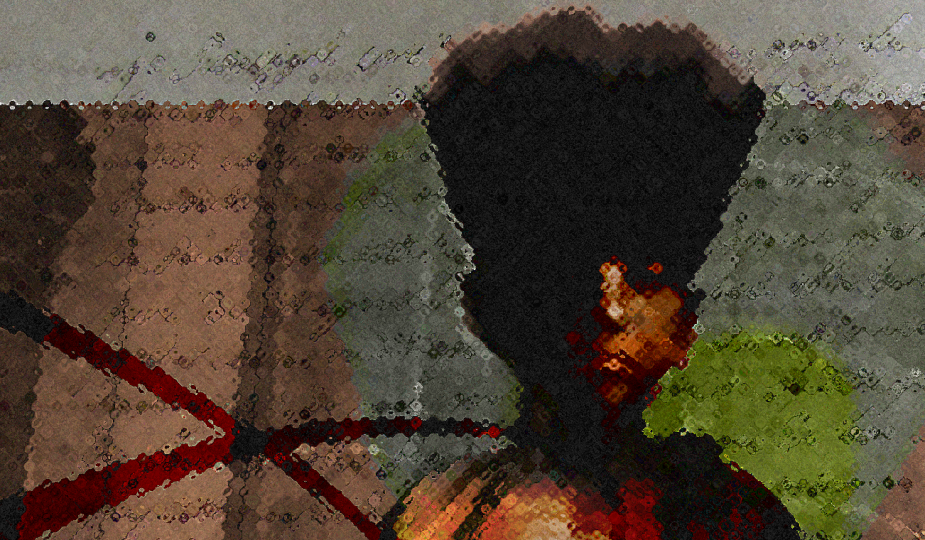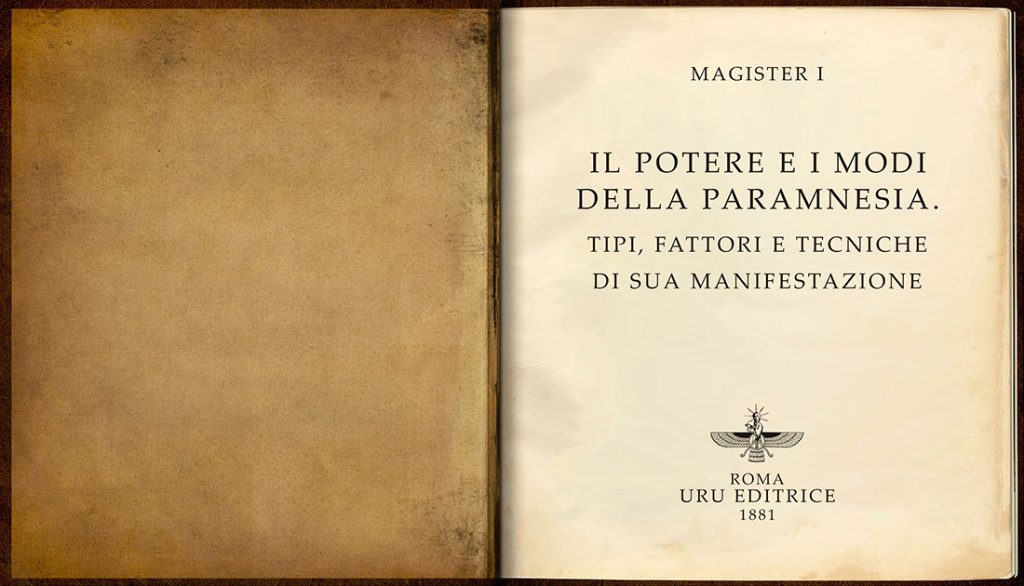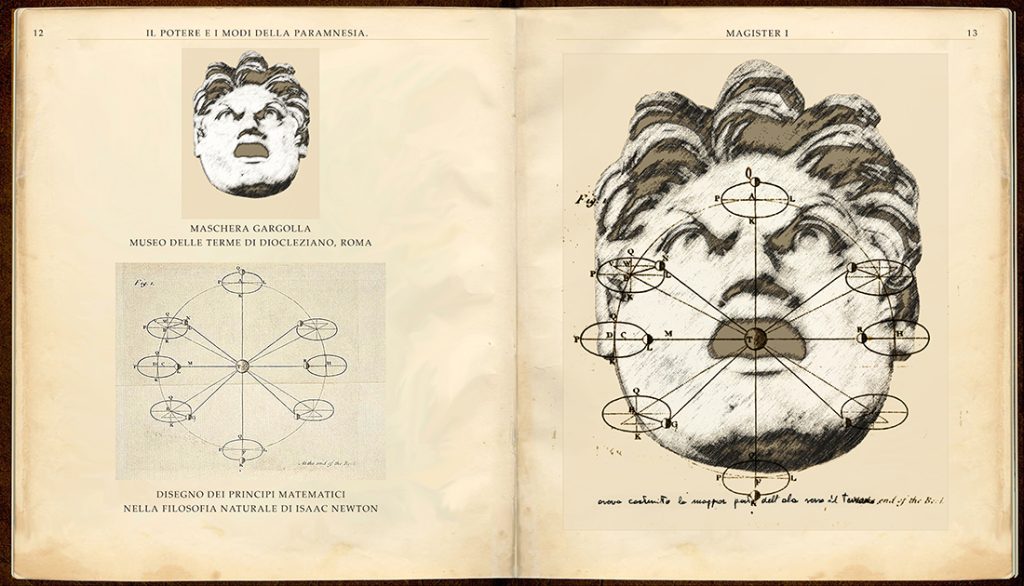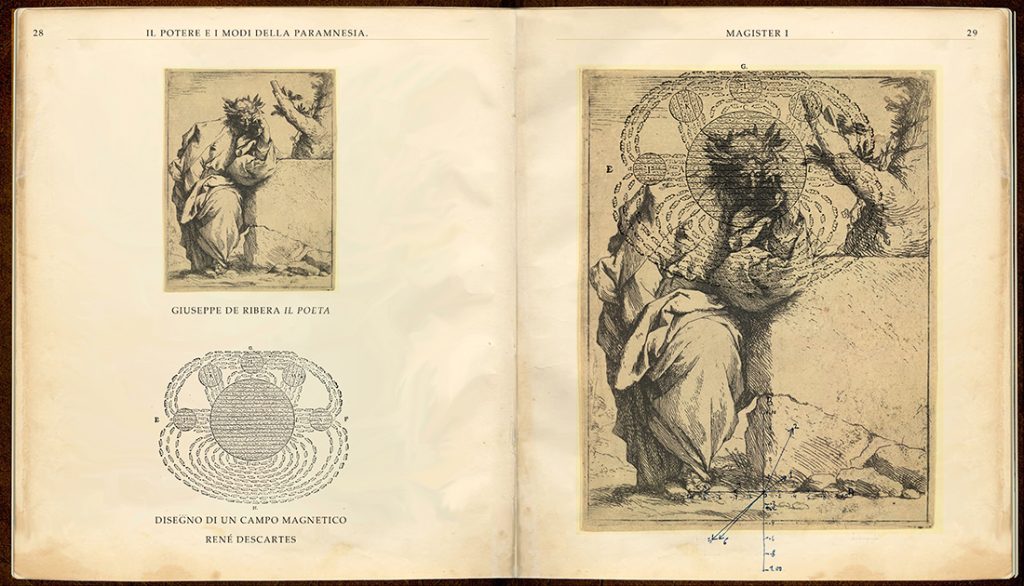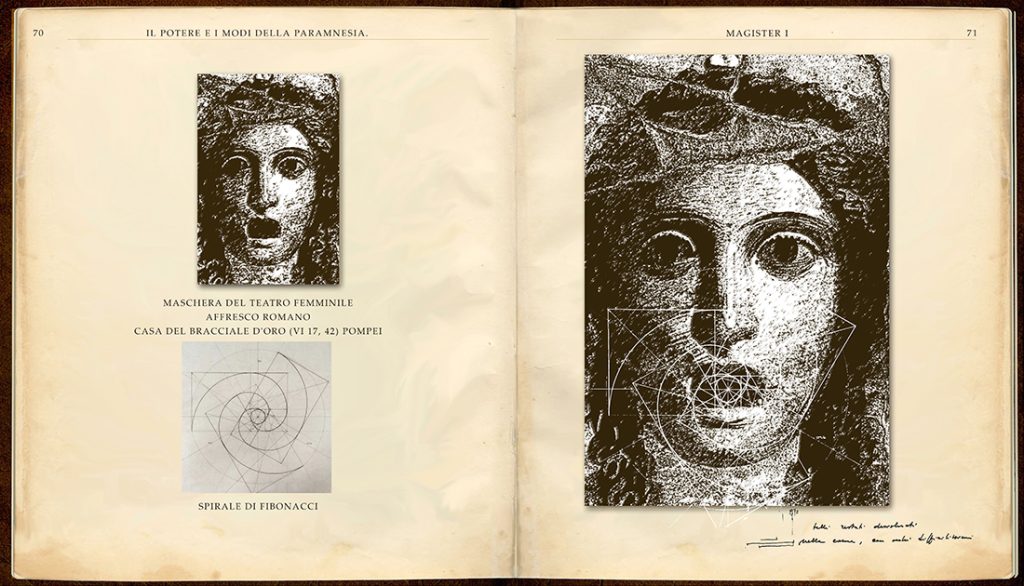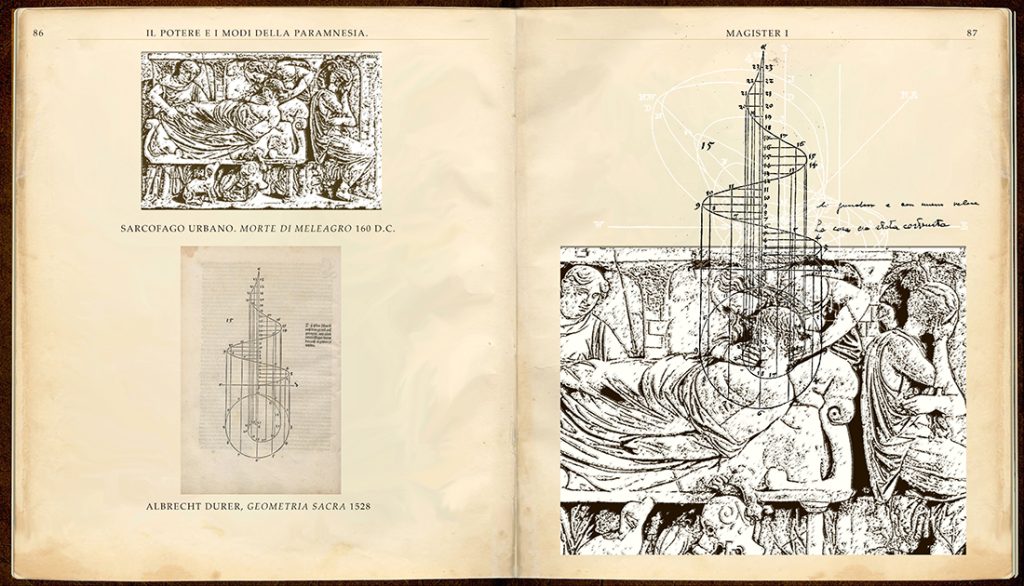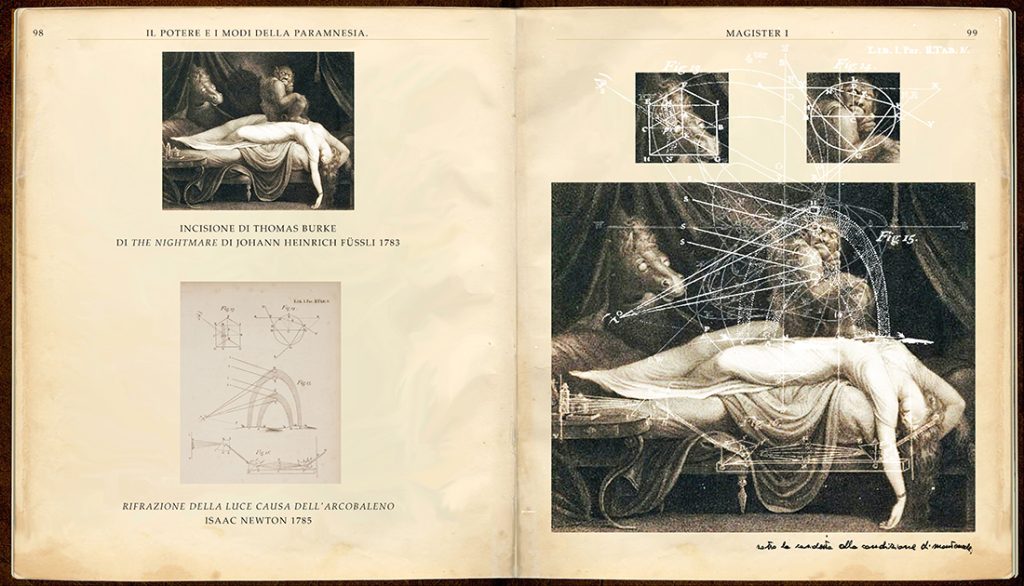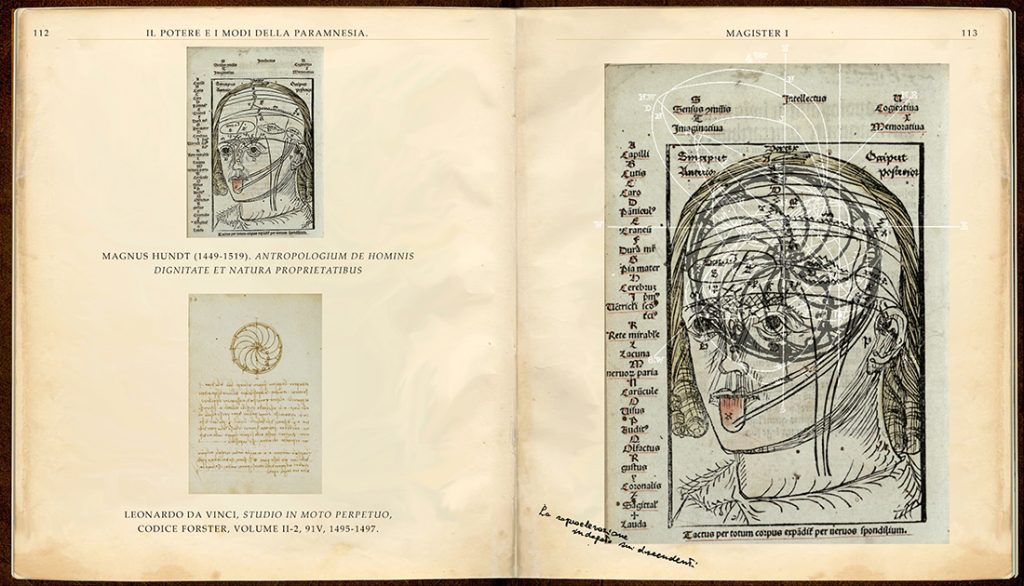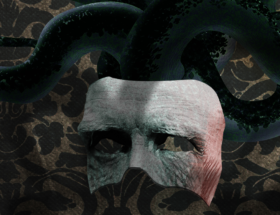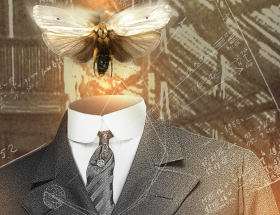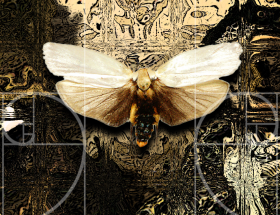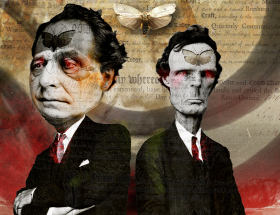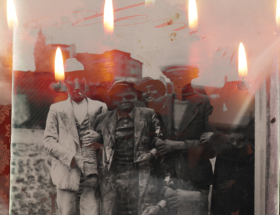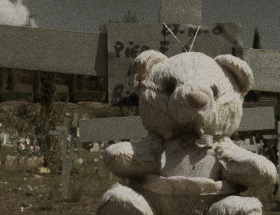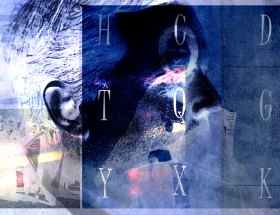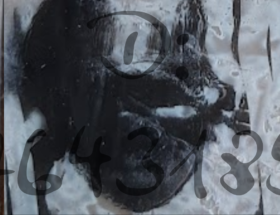The life and works of the born king of cards
Transitive perception, the tool of discernment necessary for the investigation of the metaphysical meaning of vorticity, can be considered the guideline that Joseph Conti faithfully followed in his research and that allowed him to enhance each case he faced. This is to simplified description of the manifestation in an incomprehensible unbound fluid, not subject to external forces, of the Lar.
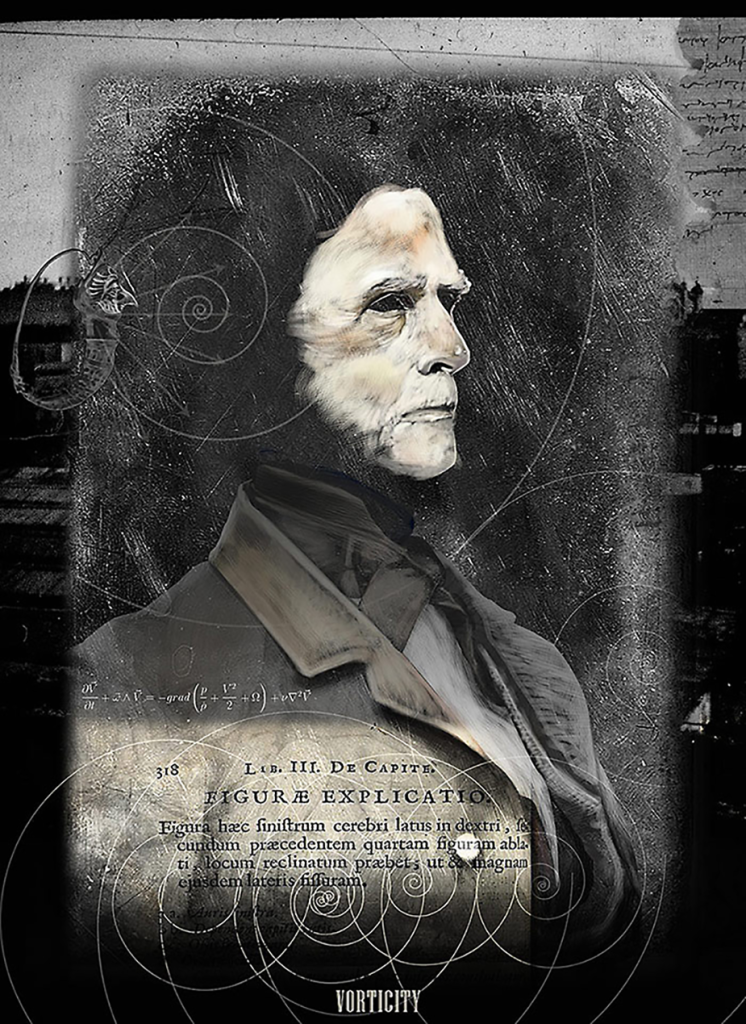
From the book:
The power and modes of paramnesia.
Types, factors, and techniques of its manifestation
The first observations on paramnesic manifestations date back to antiquity. In the ancient Egyptians, the spiritual essence of man had a construct as a result of the union of three supernatural elements: the Ba, Ka and Akh are important definitions, each of which finds a form of relationship with the paramnestic Lar.
The Akh (also called Khu or Sahu) is often found represented in the form of a feathered ibis, Ibis comata (comatihis). After dying, the Akh flies away from the body. From the conformation of pure light, at death it leaves the body and ascends into the sky and shining like a star is reunited with its creator.
In the case of the paramnesic experience, it is possible to find in the mere act of ascending to heaven an element of concordance with in process that leads the Lar to follow vortices to ascend to the subject involved. It can also be said that that light, vital I would say, is that component that the Lar seeks and finds again in that very body in which it is lodged. The lost Akh can be understood as the motivation that drives the Lar to seek a living being.
While different is the discourse of the Ka. Life has in the Ka the keeper of feelings and memories. In its accompanying the living being throughout life, one can glimpse that reservoir of memories, feelings, and recollections to which the Lar refers in its necessary re-recognition. Independent in its existence from the life it indulges and guards, the Ka like the Lar is intangible but sensitive to the World. A structure that permeates the living, sustains it and forms its character.
It is precisely the temperament that is determined in the Ka and which, once abandoned by the Akh will be that engine of will that will lead the Lar to take possession of a living being.
In the Ba lies that spiritual essence, of divine quality. Eternal, it reflects the energy of its possessor. The Ba, soul in the living, can be considered its personality.
The Ba, like the Lar, is identifiable with that necessary condition that guarantees its persistence in time, where then the Ba enables the Ka to express a volitional constancy in seeking access to the world of the living, that condition also subsists in the Lar.
A maxim of Heraclitus, coserved by John Stobeus, a scholar of the fifth century CE in one of his anthologies, reads:
ethos anthropoi daimon
which Giorgio Colli translates as, “one’s inner quality, for man, is a dèmone.”
It is possible to see in the vibrant symbiosis of the Lar, alternative to the native self, yet equivocal to it, the function that, in this case, is taken over by an inner quality, the dèmone.
This way of understanding the function of the dèmone is compatible with the Lar thesis insofar as it represents a capacity, or even habit inherent in the living, that of hosting, coexisting with, and mirroring a spirit other than oneself.
In the Lar there is no will to be form in form, to be matter. The will of the Lar is a need to express emotions toward one’s own experience that is mirrored and enlivened by the places, atmospheres, scents, and sounds that have substantiated its experience in life.
The ancient Greeks, in paramnesia, were known to have the property of attracting the humor of the character bent on reverie. A paramnesic agognare, free to revolve around a subjected assertive concept, is oriented, by one of its methods of self-recognition, toward the Self and the other toward the re-recognition of the seemingly unknown.
The fluid vortices developed by the Spiritus loci interact with each other as attractive or repulsive forces – polarities of distinct Selves attract each other, polarities present in the same Self repel each other.
Paramnestic poles of distinct Selves cannot be separated in the process of vorticity because it implies conservation of angular momentum: therefore, there is no paramnestic mono-pole.
When the splitting of a paramnestic character in fieri is attempted, reflexive evocations of defense are obtained. Two new humoralities, both with conscious expression but unaware of each other, coexist.
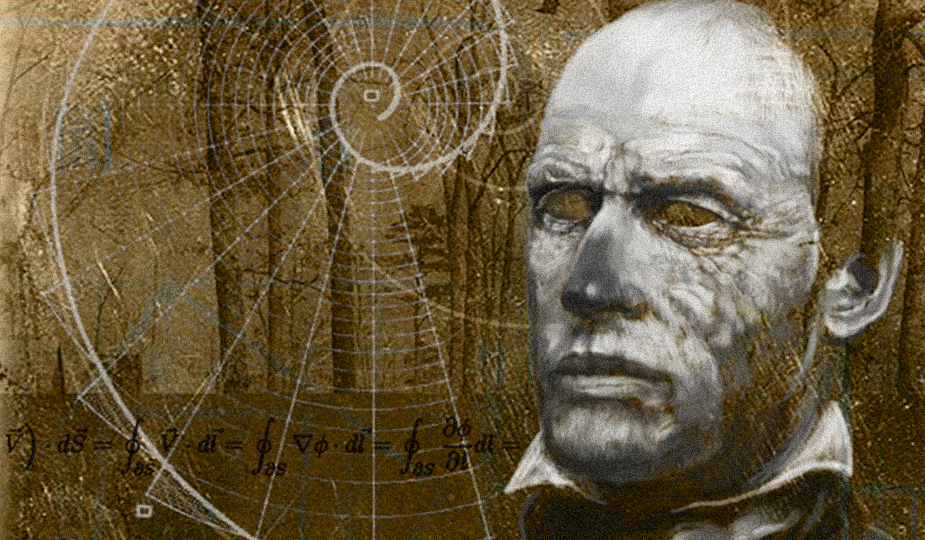
For their style and work proves it, verifying in the universal minds, for anything else made, which in nature are, of all reflected molecules of ponderable matter, the attractions of animule harbingers.

